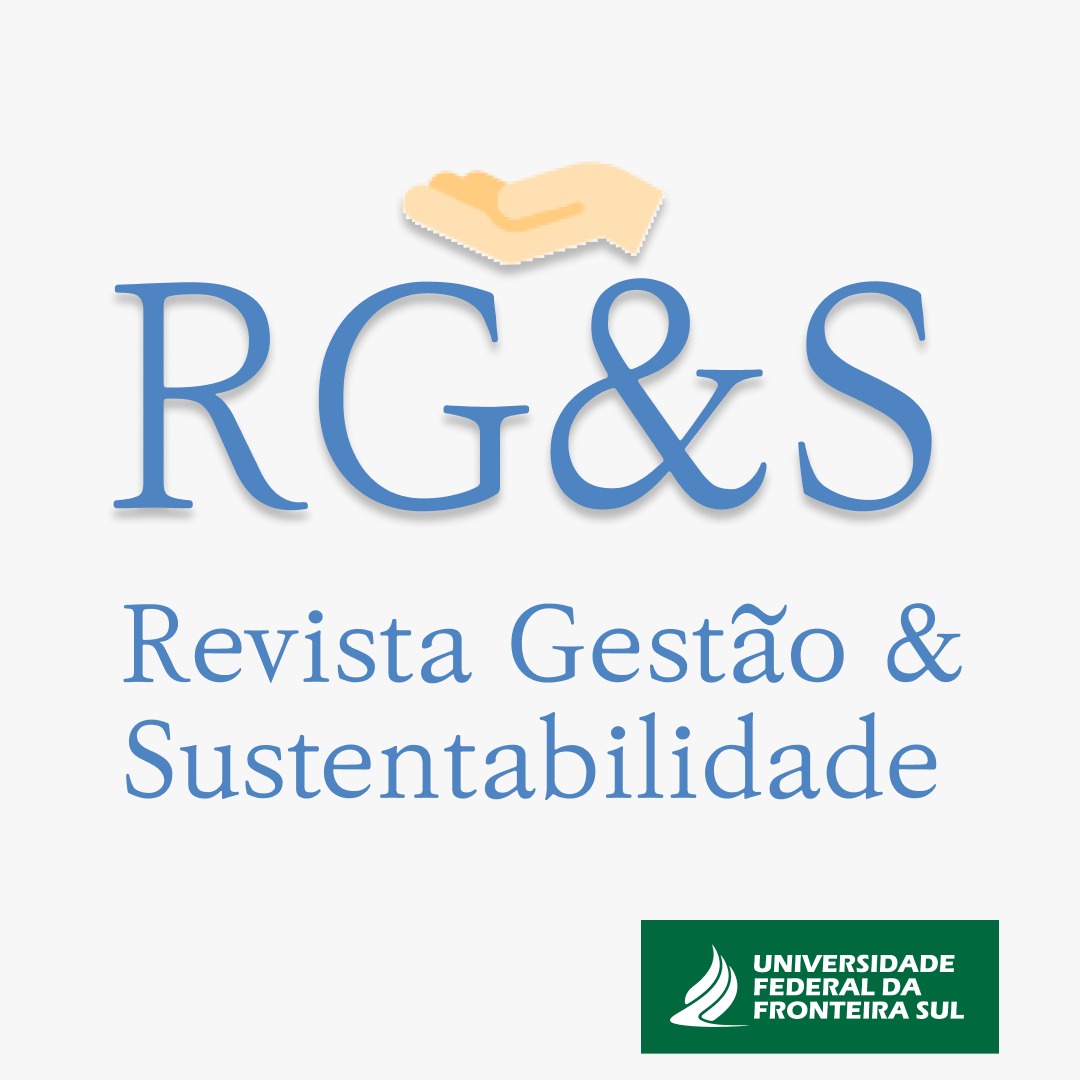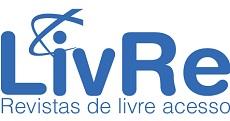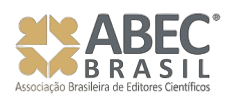Atividades de inovação orientadas para a sustentabilidade pela ótica das capacidades dinâmicas: um estudo em projetos de uma empresa que atua no setor elétrico
DOI:
https://doi.org/10.36661/2596-142X.2024v6n1.14491Palavras-chave:
Microfundamentos, Capacidades Dinâmica, Inovação Orientada à Sustentabilidade, Setor Elétrico BrasileiroResumo
Este estudo tem como objetivo desenvolver um framework que integre Capacidades Dinâmicas (CD) a partir de seus microfundamentos, com as atividades de Inovação Orientadas à Sustentabilidade de otimização operacional (OO), transformação organizacional (TO) e de construção de sistemas (CS), refinando-o por meio de um estudo de caso. A pesquisa empírica foi desenvolvida por meio de um estudo de caso em quatro projetos de uma empresa que atua no setor elétrico brasileiro. Os instrumentos de coleta de dados adotados foram a entrevista semiestruturada e a análise documental. Como resultados, destaca-se que os microfundamentos que mais fortemente influenciam as atividades de SOI são detecção (parceria com stakeholders, alocar recursos e investimentos e de construção de confiança) identificados em todos os projetos. Já aqueles com uma influência fraca, se destacam análise da cadeia de valor (apreensão), impacto sustentável e geração de novos conhecimentos (reconfiguração) em especial nas atividades de OO. A partir do refinamento do framework foi possível apresentar 10 proposições (1 detecção, 6 apreensão e 3 reconfiguração), fornecendo insights práticos e áreas a serem investigadas. A pesquisa desenvolvida também fornece direcionamentos para gestores de projetos sobre como as microfundamentos influenciam nas atividades de inovação em direção a uma cultura ESG (Ambiental, Social e de Governança). Além disso, o framework pode ser utilizado como uma ferramenta de gestão para guiar a tomada de decisão quanto aos futuros projetos da organização com foco na sustentabilidade.
Downloads
Downloads
Publicado
Edição
Seção
Licença
-
O(s) autor(es) autoriza(m) a publicação do artigo na revista;
-
O(s) autor(es) atesta (m) que a contribuição é original e inédita e que não está em processo de avaliação em outra(s) revista(s);
-
A revista não se responsabiliza pelas opiniões, ideias e conceitos emitidos nos textos, por serem de inteira responsabilidade de seu(s) autor(es);
-
É reservado aos editores o direito de proceder ajustes textuais e de adequação do artigo às normas da publicação;
-
Autores mantêm os direitos autorais e concedem à revista o direito de primeira publicação, com o trabalho simultaneamente licenciado sob a Creative Commons Atribuição 4.0 Não Adaptada, que permite o compartilhamento do trabalho com reconhecimento da autoria e publicação inicial nesta revista














